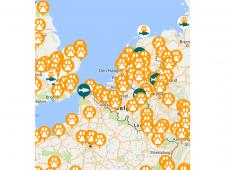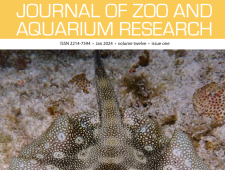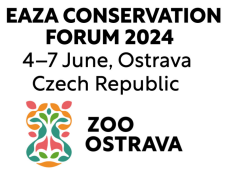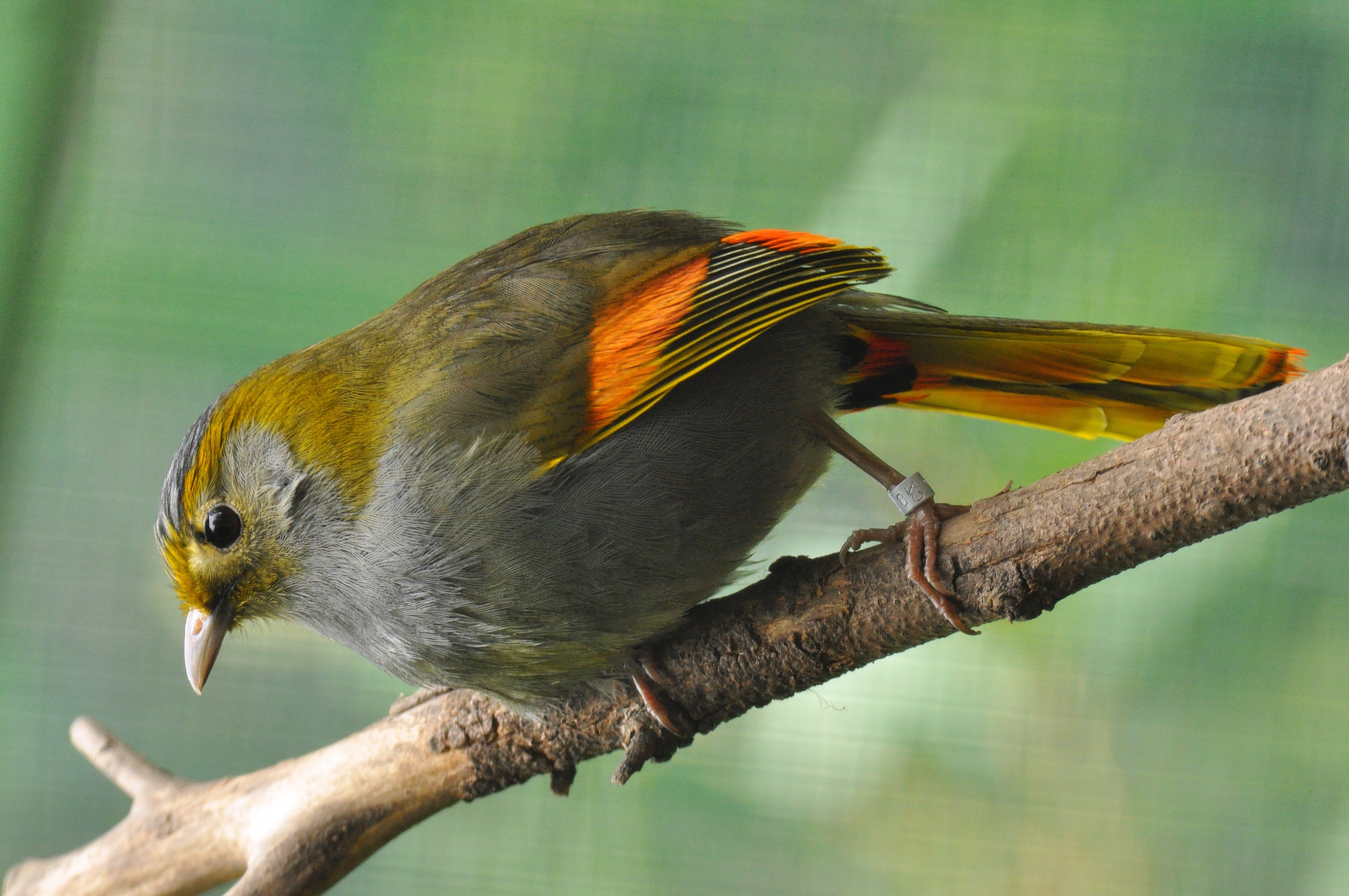Emei Shan liocichla
Programme roles
| • Insurance Emei shan liocichla have a small home range are listed as Vulnerable and the wild population is decreasing. Depending on future developments with the wild population this role may become even more important. • Research (husbandry) Emei shan liocichla kept ex situ suffer from high first-year mortality and reoccurring diseases. Husbandry research is needed. Also this research can contribute to further help other liocichla species. |
|
| • Conservation education (out of range) Emei shan liocichla are one of the species that was part of the EAZA Silent Forest Campaign and can help convey messages about the threats faced by Asian songbirds such as illegal trafficking. |
|
| • Exhibit Emei shan liocichla are a great exhibit species as they practice cooperative breeding, display duet behaviour and can sing beautifully. They can also be held in mixed exhibits with other species. |
Programme highlights
- The EAZA Silent Forest Working Group website is regularly updated with news stories about the ongoing activities and project updates from in situ projects. The Omei Shan liocichla has its own page with information.
- The Silent Forest Working Group has an active Facebook page. The IUCN SSC Asian Songbird Trade Specialist Group also has an Facebook page where news stories are regularly published.
- EAZA published its Annual TAG Report 2021.
 This work is supported by the European Union LIFE NGO funding programme. The European Union is not responsible for the views displayed in publications and/or in conjunction with the activities for which the grant is used.
This work is supported by the European Union LIFE NGO funding programme. The European Union is not responsible for the views displayed in publications and/or in conjunction with the activities for which the grant is used.









